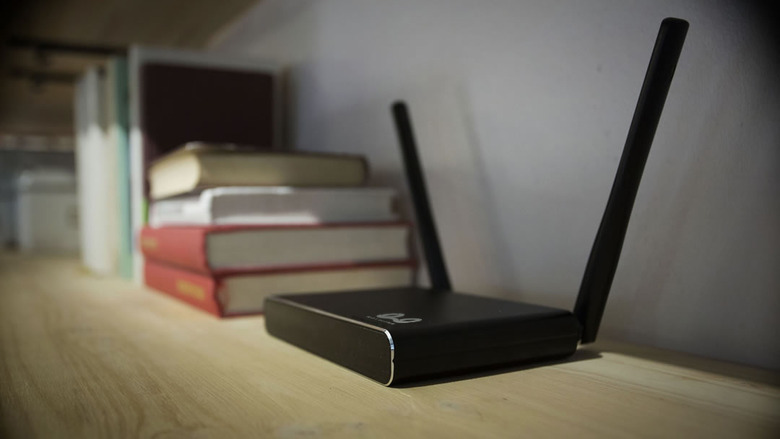Simple Tricks To Fix Your Wi-Fi Without Professional Help
Wireless internet is something we take for granted every day. But Wi-Fi isn't always reliable, and it's often the source of annoying hassles, both at home and in public places. While you won't be able to fix every Wi-Fi issues you might encounter at your local Starbucks coffee shop, there are plenty of tricks you can try at home or at the office to make sure Wi-Fi works.
DON'T MISS: Watch Barack Obama roast Donald Trump then drop the mic in his final Correspondents' Dinner
Looking at the various Wi-Fi problems you may encounter at home, Lifehack.org identified three types of problems: failing to connect to a known Wi-Fi network, limited Wi-Fi coverage, and slow wireless internet.
If you can't connect to a known Wi-Fi network – the one in your house for example – there are various things you can do before asking for professional help. You should make sure Wi-Fi is enabled on your devices, whether they're laptops, smartphones or tablets. If that doesn't fix it, consider rebooting your device and your wireless router. Reboot them both if rebooting just one of them doesn't fix the problem. Make sure you wait for each of them to turn on completely if you have to reset multiple devices – start with the modem, then the router, and then the computer. If nothing works, then consider restoring your router to factory settings.
What if there's limited Wi-Fi coverage? Consider placing your router in a central position in your home, and make sure you avoid interference with other gadgets. You should also make sure you know how to place the router's antennas, and replace them if needed with better ones. Furthermore, Wi-Fi extenders can also be considered, and should help you easily extend the wireless network at home.
Now that you can connect to your Wi-Fi, there might be one other problem to fix: Slow internet. First of all, make sure your router runs on the latest firmware. As you do that, double check that it's secured by a password so that others don't steal your internet, slowing down your browsing experience in the process. One other thing you should consider is switching your wireless router's channel to one that's less crowded to avoid interference. Finally, if nothing works, then your router might simply be too old. Buy a new one, and don't be afraid to invest in a more expensive one.
